In 2025, the city of Chicago finds itself facing a quiet but deeply concerning crisis—entire neighborhoods are turning into modern-day ghost towns. Once-thriving communities are now scattered with abandoned homes, empty storefronts, and overgrown lots. Streets that used to echo with the sounds of families, businesses, and daily life are now silent. The question many Chicagoans are asking is: what went wrong?
From disinvestment to demographic shifts, economic strain, and public safety concerns, a complex blend of issues has converged to hollow out specific areas of the city. While the skyscrapers of The Loop remain symbols of prosperity, parts of the South and West Sides are rapidly losing population and relevance in the broader urban landscape. This article explores why people are abandoning these neighborhoods and what it means for the future of Chicago.
Historical Roots of Urban Decline
To understand the phenomenon of ghost neighborhoods, one must begin with Chicago’s urban history. The city’s segregation and inequality issues didn’t emerge overnight. Policies in the mid-20th century, such as redlining and urban renewal, played a critical role in creating the conditions that persist today.
Redlining, a discriminatory lending practice, effectively denied minority communities access to home loans and investment. While affluent neighborhoods flourished with new infrastructure and business incentives, areas like Englewood, Austin, and Lawndale were left behind. As industries began moving out of the city during the latter half of the 20th century, so too did the jobs. In their wake, they left behind shuttered factories, deteriorating housing, and a dwindling middle class.
The rise of suburbanization further drained the urban population, especially among the working class. The result is decades of population decline and neighborhood destabilization that have accelerated sharply in recent years.
Neighborhoods at the Epicenter of Abandonment
West Englewood
Once a beacon of middle-class Black life in Chicago, West Englewood has suffered a devastating decline. Vacant lots dominate entire city blocks. While some homes remain occupied, they are often surrounded by deteriorating properties. Schools have closed, businesses have left, and families continue to move out. What remains is a skeletal framework of what used to be a bustling neighborhood.
Austin
Austin, one of Chicago’s largest community areas, has seen an alarming transformation over the past two decades. The neighborhood has suffered from school closures, crumbling infrastructure, and a rising crime rate. Once home to a thriving working-class population, many homes in Austin now sit boarded up. Even though the neighborhood has immense architectural beauty and cultural heritage, these assets remain largely underutilized.
Little Village
Known for its vibrant Latino culture, Little Village is facing a quiet exodus. Concerns about immigration enforcement, rising rents, and lack of economic opportunity have pushed many families out. Once the heart of Mexican-American life in Chicago, some stretches of Little Village have begun to feel unusually empty. The bustling storefronts along 26th Street have thinned out, and the once-busy sidewalks are now relatively quiet.
Roseland and Pullman
These far South Side neighborhoods have deep industrial roots, with Pullman once serving as a model industrial town. But the decline of manufacturing in Chicago hit these communities especially hard. In 2025, entire blocks in Roseland and Pullman are filled with abandoned properties. Crime has increased, public amenities have dwindled, and youth populations have shrunk. Despite some investment efforts, the pace of decay outstrips the attempts at recovery.
Lathrop Homes and Mixed-Income Developments
Lathrop Homes, one of Chicago’s earliest public housing projects, is partially renovated but also partially abandoned. While mixed-income housing has revitalized some areas, the remaining unoccupied sections are plagued with graffiti, broken windows, and security concerns. The result is a jarring contrast between new, polished developments and decaying relics of the past.
Key Reasons Why People Are Leaving
Disinvestment and Economic Decline
Perhaps the most significant factor behind the rise of ghost neighborhoods is the chronic disinvestment from both public and private sectors. Many communities that were once vital economic centers no longer attract businesses or services. Banks and grocery stores are rare, and even basic services like post offices or pharmacies are sometimes miles away.
This economic starvation makes it difficult for residents to maintain their homes, open businesses, or find employment nearby. As a result, residents—especially younger generations—are choosing to leave rather than stay in a cycle of decline.
Crime and Safety Concerns
Safety is a fundamental factor when choosing where to live. Many of the neighborhoods experiencing depopulation are also grappling with increased violence and property crime. Abandoned buildings often become havens for illegal activity, compounding fears and pushing out residents who feel unsafe.
The lack of police presence or ineffective policing models has left residents feeling unsupported. In some areas, families choose to move even if it means leaving behind generations of history.
School Closures and Limited Education Options
The closure of dozens of public schools in recent years has had a disastrous effect on neighborhood cohesion. Schools are not only centers of education but also community anchors. When schools close, families often feel forced to relocate to areas with better educational opportunities.
Parents seeking quality education for their children are choosing to leave Chicago altogether or move to suburban districts. This not only leads to population decline but also weakens the sense of community in affected neighborhoods.
Housing Abandonment and Foreclosures
The housing market in many South and West Side neighborhoods has been in freefall. Foreclosures spiked during economic downturns, and recovery has been slow or nonexistent in certain ZIP codes. Properties often sit vacant for years, falling into disrepair and becoming liabilities rather than assets.
Many residents have walked away from homes that have lost most of their value. In some neighborhoods, it’s cheaper to leave than to stay and invest in repairs or pay increasing property taxes.
Gentrification in Nearby Areas
Ironically, as some neighborhoods are hollowed out, adjacent communities are seeing a wave of gentrification. Areas like Pilsen, Bronzeville, and Logan Square are undergoing rapid change, with luxury condos, artisanal coffee shops, and rising rents displacing long-time residents.
This spillover effect creates pressure on low-income households, forcing them to move further out or leave the city entirely. The result is that while one neighborhood thrives, another nearby begins to collapse.
The Visual and Emotional Toll
It’s difficult to overstate the psychological impact of living in a ghost neighborhood. Residents describe the feeling of isolation, of being forgotten by the city they’ve called home for decades. Empty streets, shuttered storefronts, and collapsing homes paint a bleak picture that reinforces hopelessness.
For children growing up in these areas, the environment sends a powerful message: there’s nothing here for you. Without intervention, that message becomes a self-fulfilling prophecy.
Efforts to Revitalize and Reclaim
City officials and community groups are not ignoring the problem. Various programs have been launched to encourage homeownership, rehabilitate blighted buildings, and stimulate local business development. Initiatives aimed at affordable housing, job creation, and public safety reform are in motion, though progress remains slow.
Some neighborhoods have seen signs of recovery, often driven by grassroots movements. Urban farming projects, artist collectives, and youth mentorship programs have begun to reimagine what these areas could become. But the scale of the problem remains vast, and meaningful change requires sustained investment and political will.
The Path Forward: What Needs to Happen
Chicago’s ghost neighborhoods are not inevitable outcomes—they are the result of decades of neglect, poor policy decisions, and shifting economic landscapes. Reversing this trend will require a holistic approach:
Invest in infrastructure: Roads, utilities, parks, and public spaces must be restored and modernized.
Reopen and support schools: Educational access must be improved to keep families rooted in their neighborhoods.
Encourage economic development: Small business grants, tax incentives, and employment programs can create opportunities.
Address safety: Community policing, violence prevention programs, and mental health services are essential.
Preserve cultural identity: Redevelopment must prioritize existing residents to avoid displacement.
Most importantly, residents must be part of the planning process. Solutions that exclude the voices of the people most affected will inevitably fall short.
Conclusion: A City at a Crossroads
Chicago is a city of resilience, grit, and deep cultural richness. But it is also a city where stark contrasts exist block by block. While the skyline may gleam, the fate of neighborhoods like West Englewood, Austin, and Roseland remains uncertain.
2025 could be a turning point. Whether these ghost neighborhoods become permanent scars or inspiring comeback stories depends on the choices made today. A commitment to equity, transparency, and sustained investment could pave the way for a new era—one where no neighborhood is left behind.
If Chicago wants to thrive as a whole, it must ensure that all its communities have a chance to thrive as well.

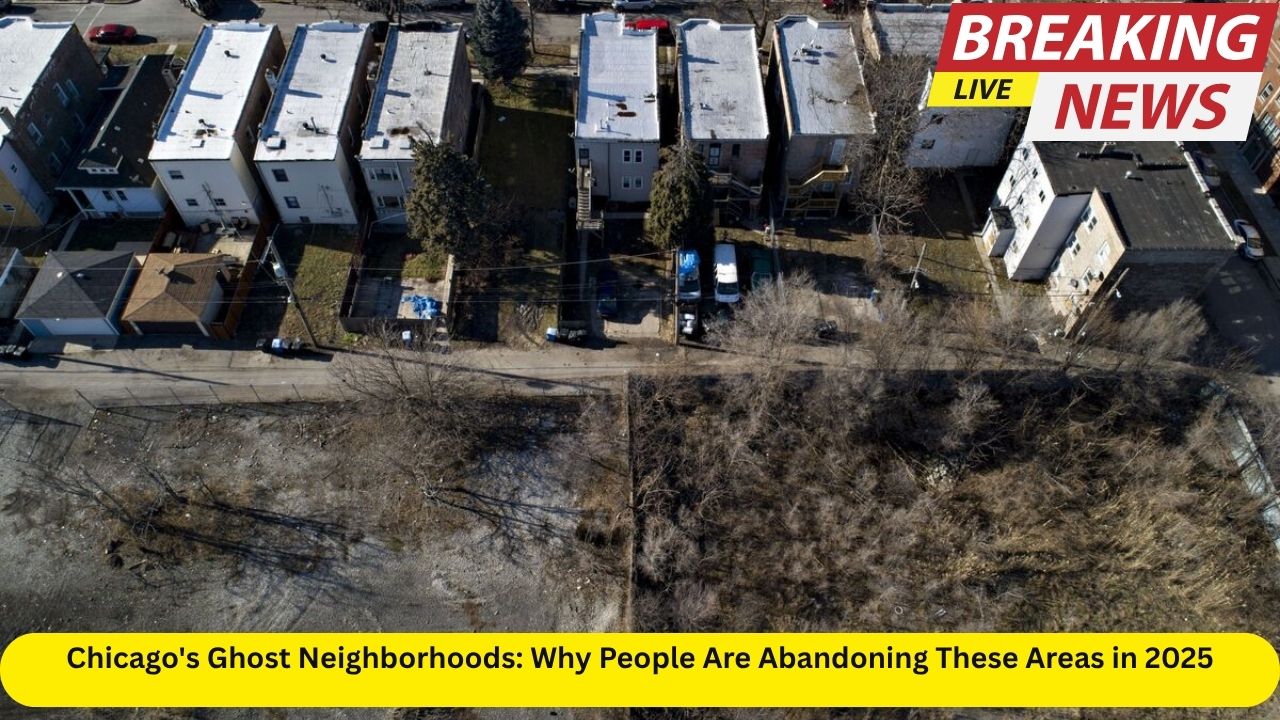

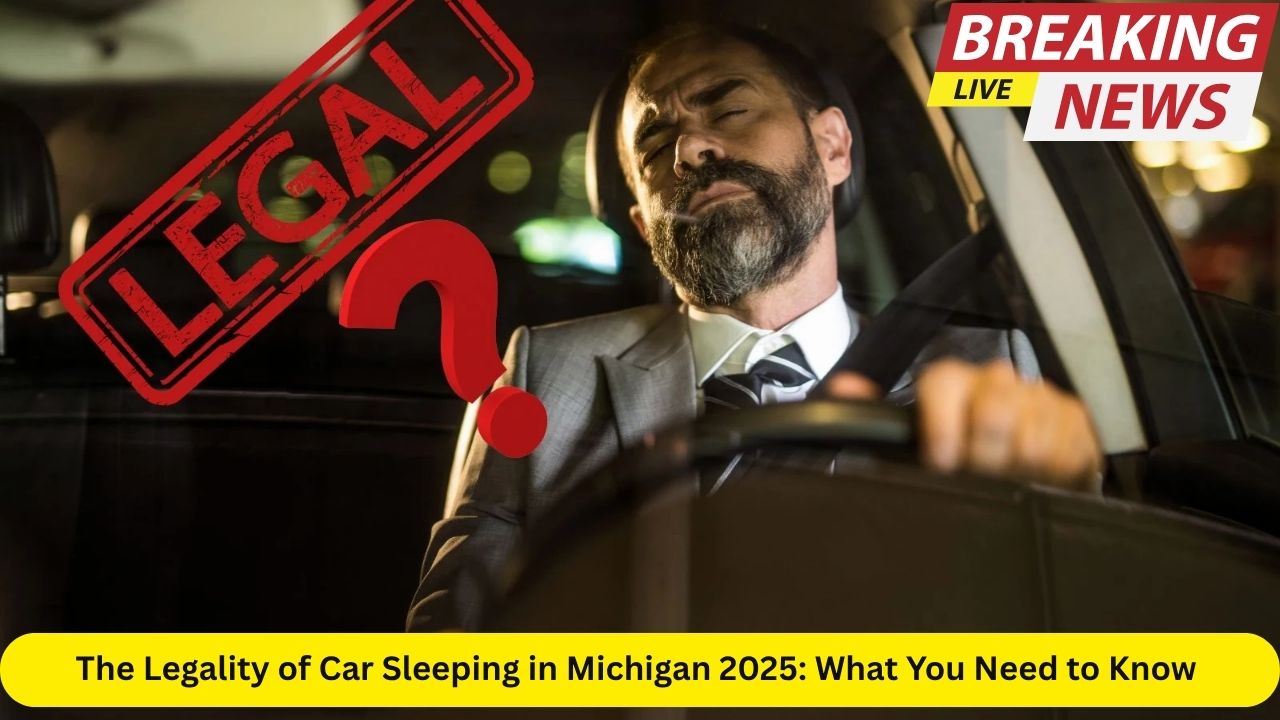

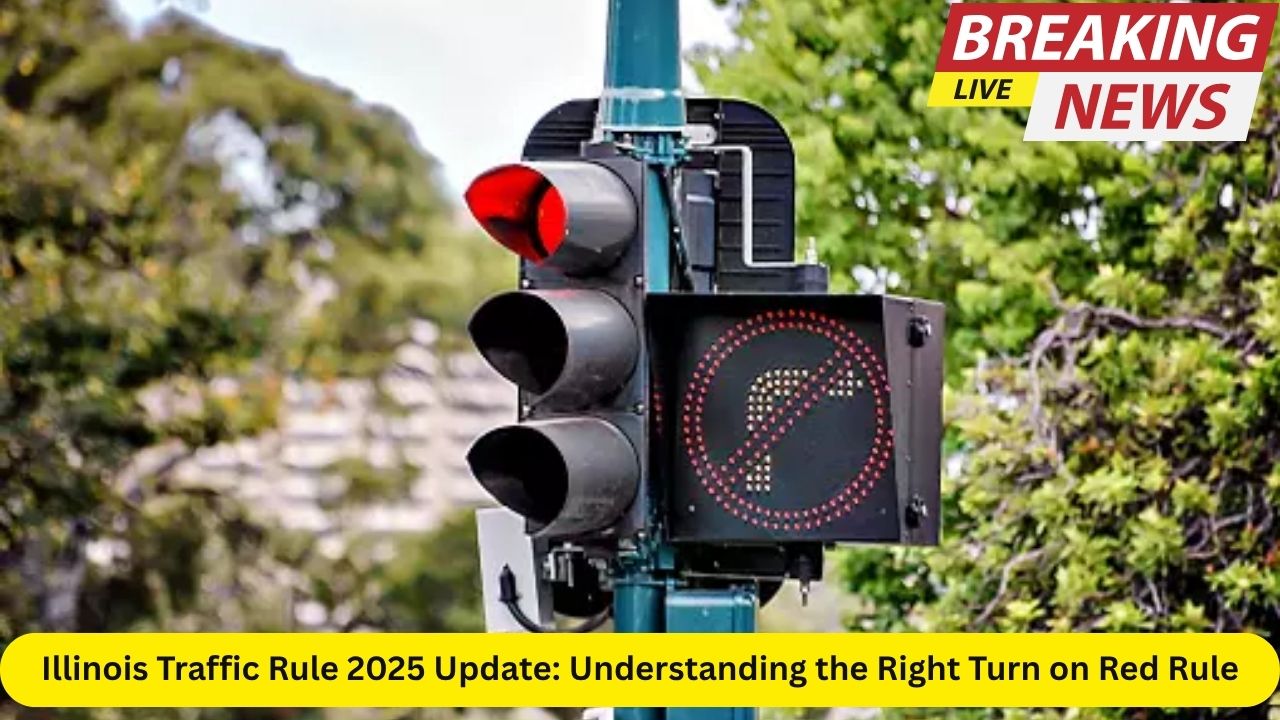
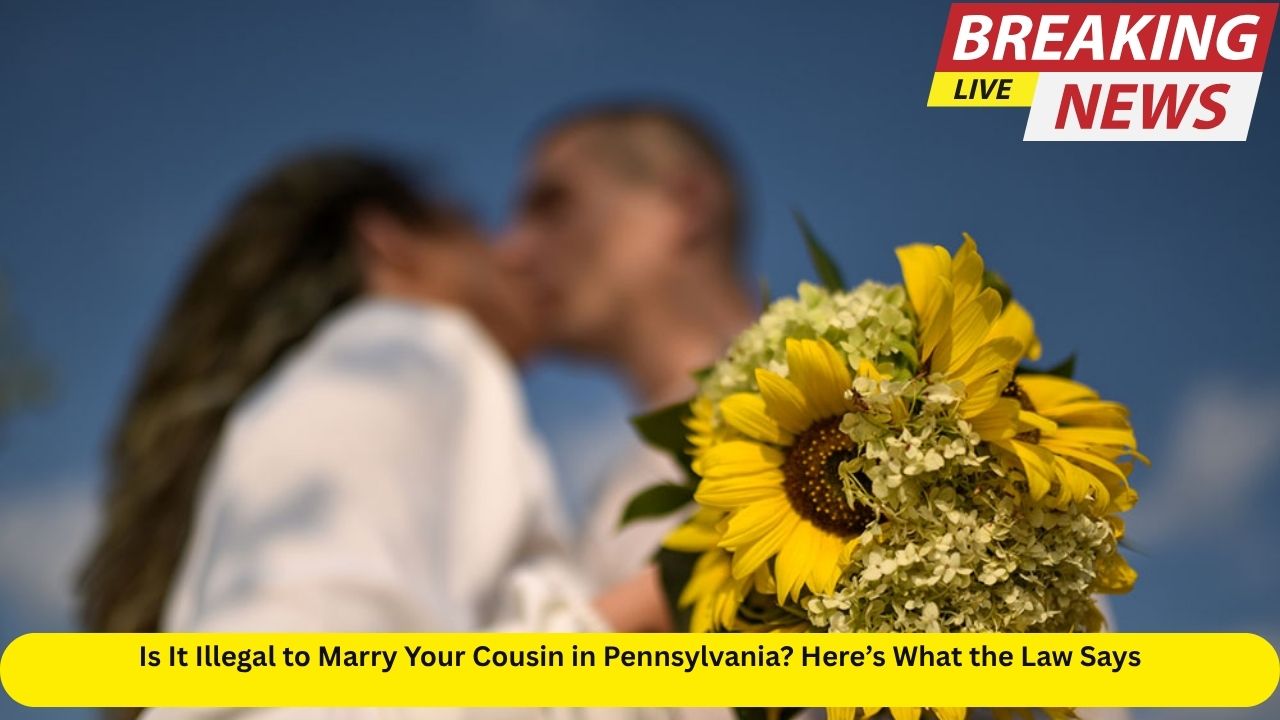

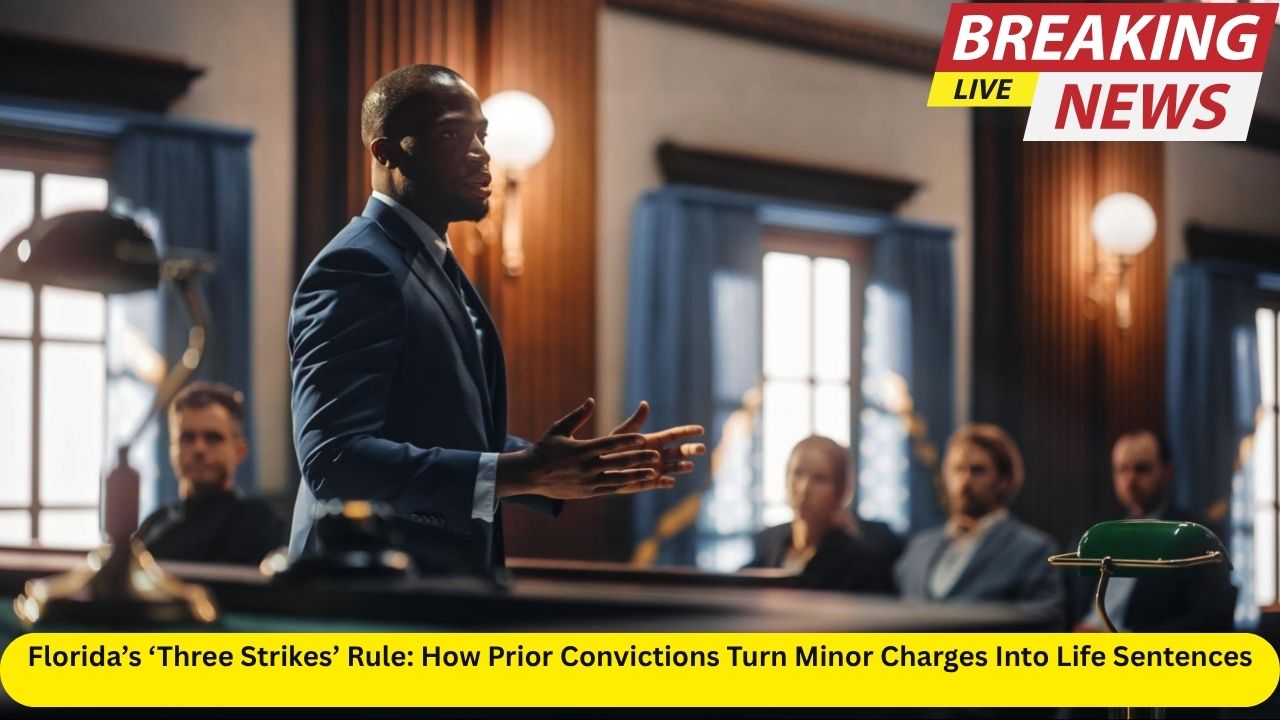


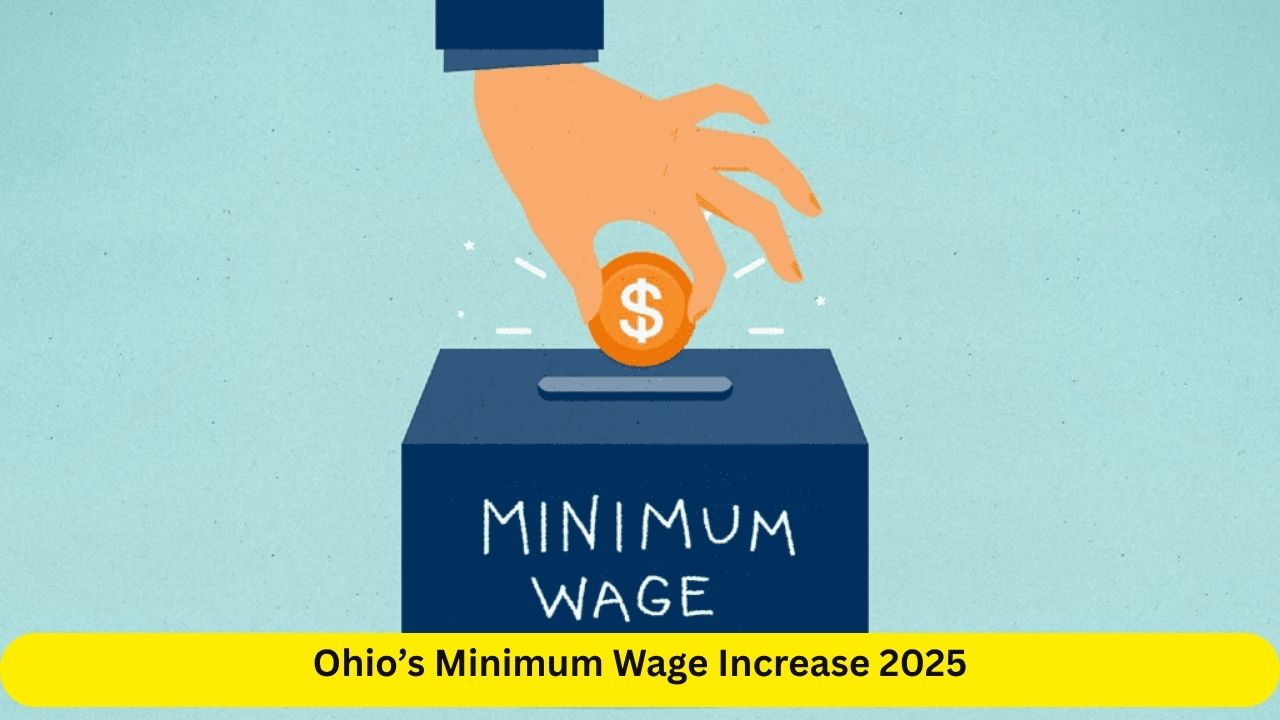

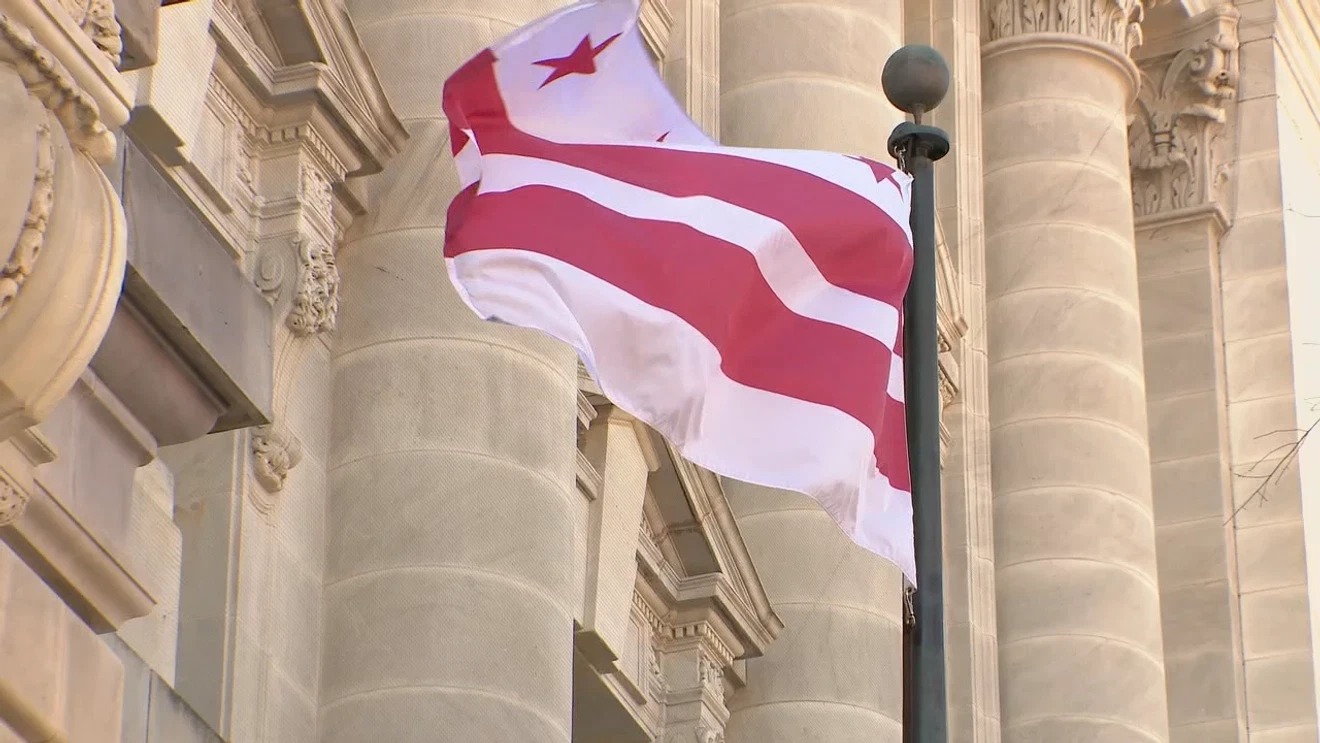
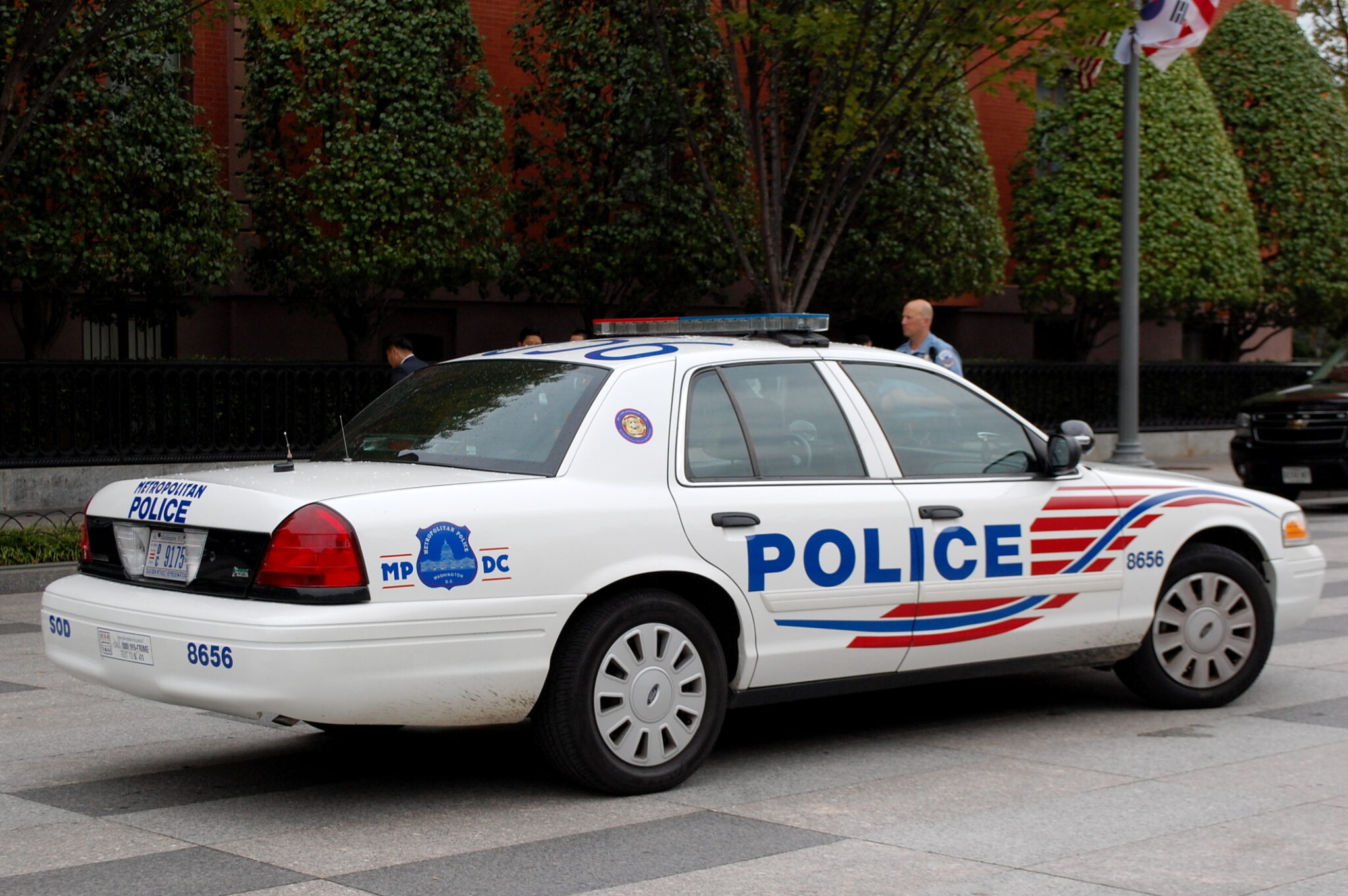
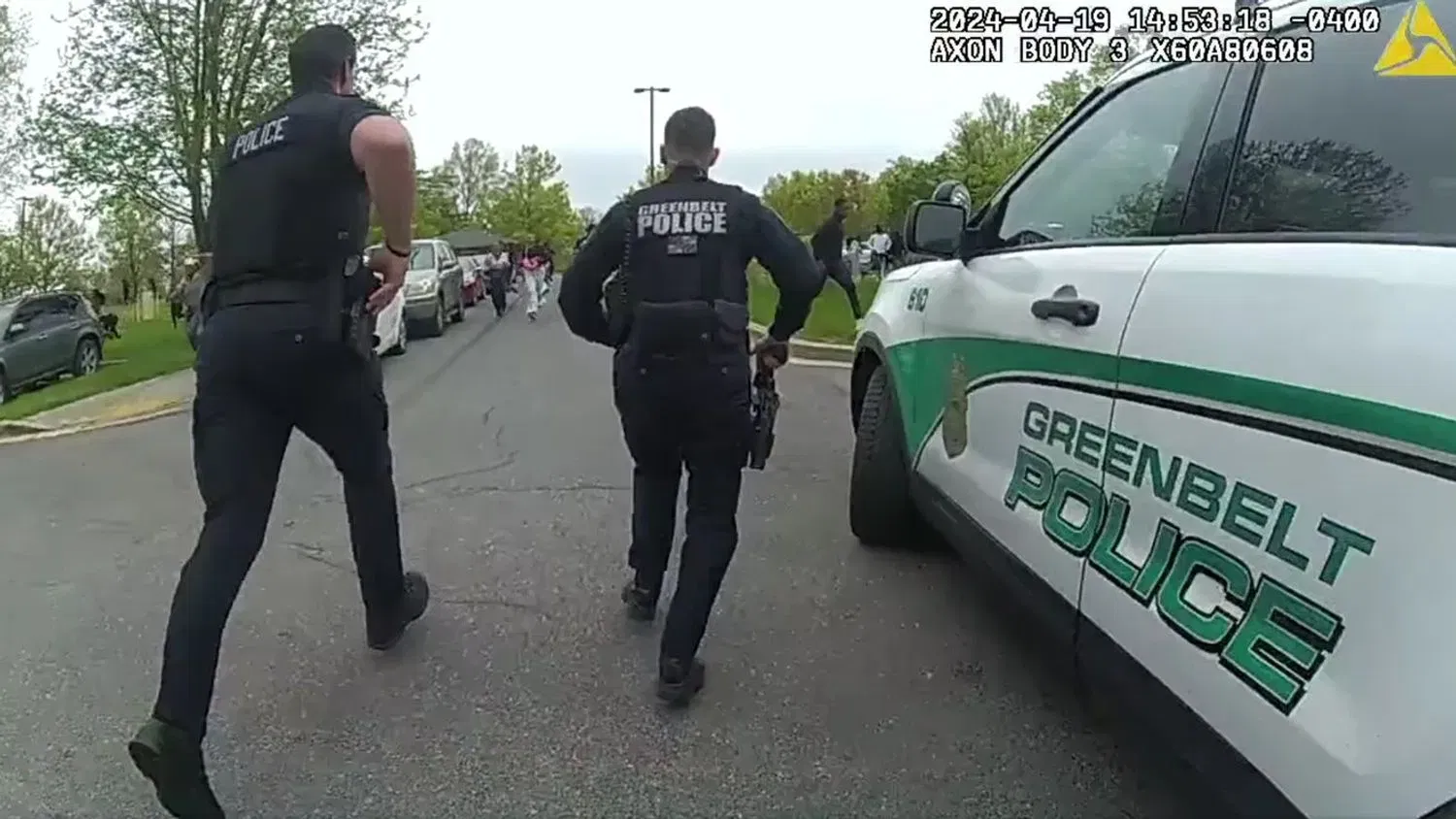
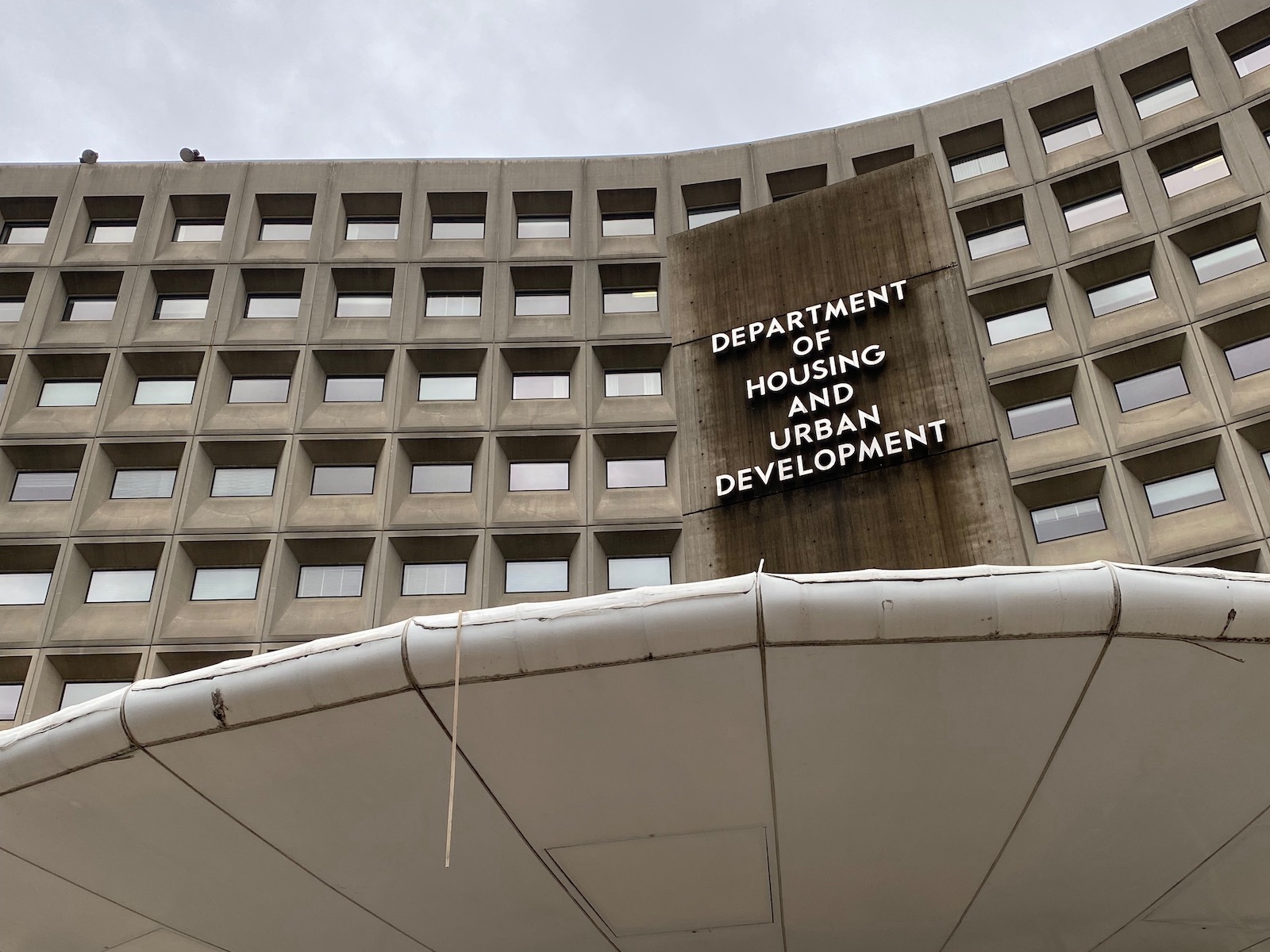
Leave a Reply